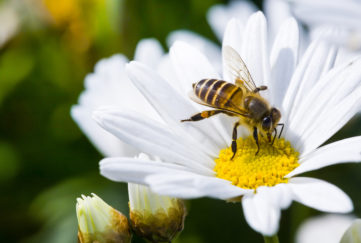How To Protect Gardens From The Heat
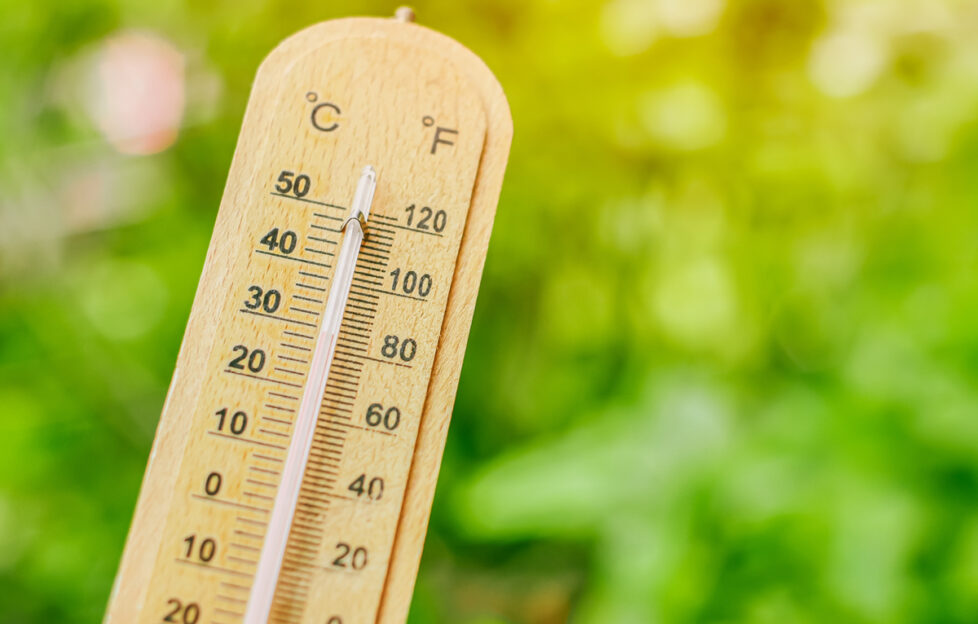
Many of us have been carefully preparing and planting our gardens over Spring. But, now temperatures are heating up, it can feel like fighting a losing battle against the sun! The Greenhouse People have shared some simple ways we can protect our gardens from the heat and keep our lawns lush.
Watering
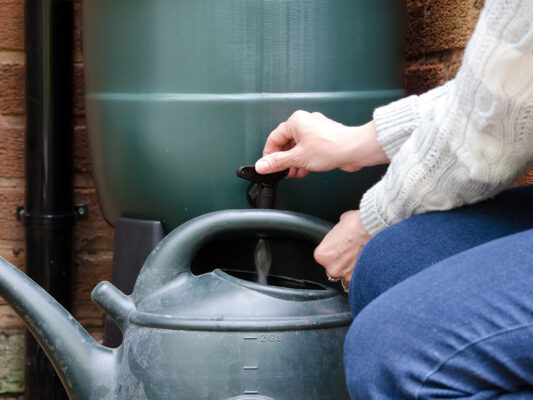
Shutterstock.
Hosepipes might not always be the best choice. Heatwaves can lead to hosepipe bans. Plus, they often lead to over-watering, cutting off oxygen supply to the roots of your plants.
Instead, pick up a watering can. Bonus points if it’s filled with collected rainwater. Provide focused watering at the base of the plant so it’s a fast-track to the roots of the plant.
Also, in the heat, the best time of day to water plants is early morning or evening. And plants in containers should be watered twice a day as they dry out much quicker.
Plant choice
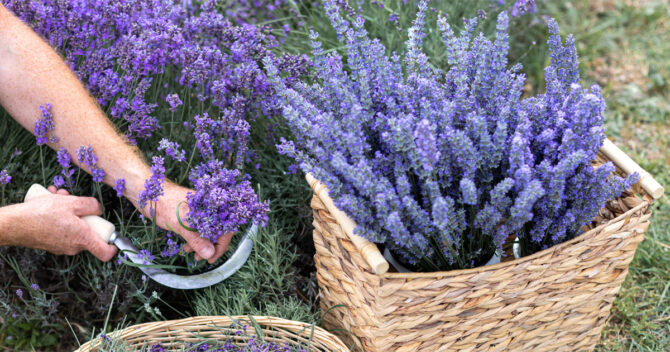
Shutterstock.
If you want to add plants to your garden during the hotter months, plant them on a cloudy day and water well. You can increase the plant’s chances of surviving by using half mulch, half potting mix.
You could introduce drought-resistant plants to your garden. Herbs such as rosemary, marjoram and lavender love the heat and their flavour and scent become more intense in the hot summer months.
Need for feed
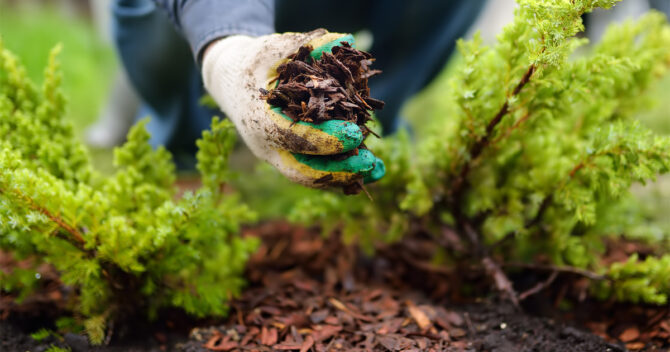
Shutterstock
The best way to protect gardens from heat is with long-lasting moisture and rich nutrients.
This is where mulching comes in! Lay down a thick layer on the top few inches of soil to keep it moist and cool. This will reduce the amount of watering needed no matter what you’re growing.
Also, a miracle product for gardeners is vermiculite. It increases water retention, nutrient retention and aerates the soil giving you healthier plants.
Greener pastures
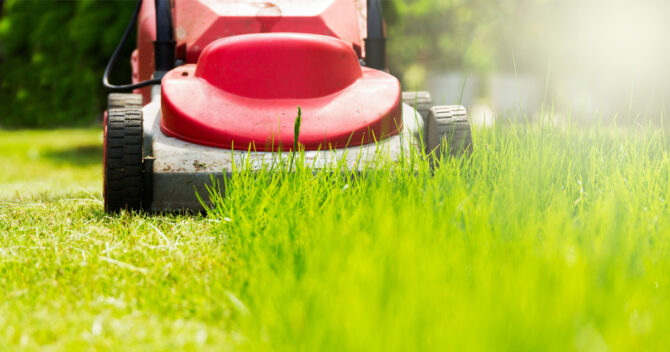
Shutterstock
Establishing the right watering and mowing routine will keep your lawn lush during a heatwave. Once a week should be enough during periods of drought.
Before you mow, check the blades are sharp to give a clean cut. When mowing, adjust your blade to a higher setting to ensure grass stems provide maximum shade to the soil. Afterwards, leave the cuttings instead of raking to provide shade and to avoid damaging your lawn.
Don’t worry if your lawn goes brown and crisp. When the rains and lower temperatures return, it’ll soon bounce back.
Check out more Gardening tips on our website!


